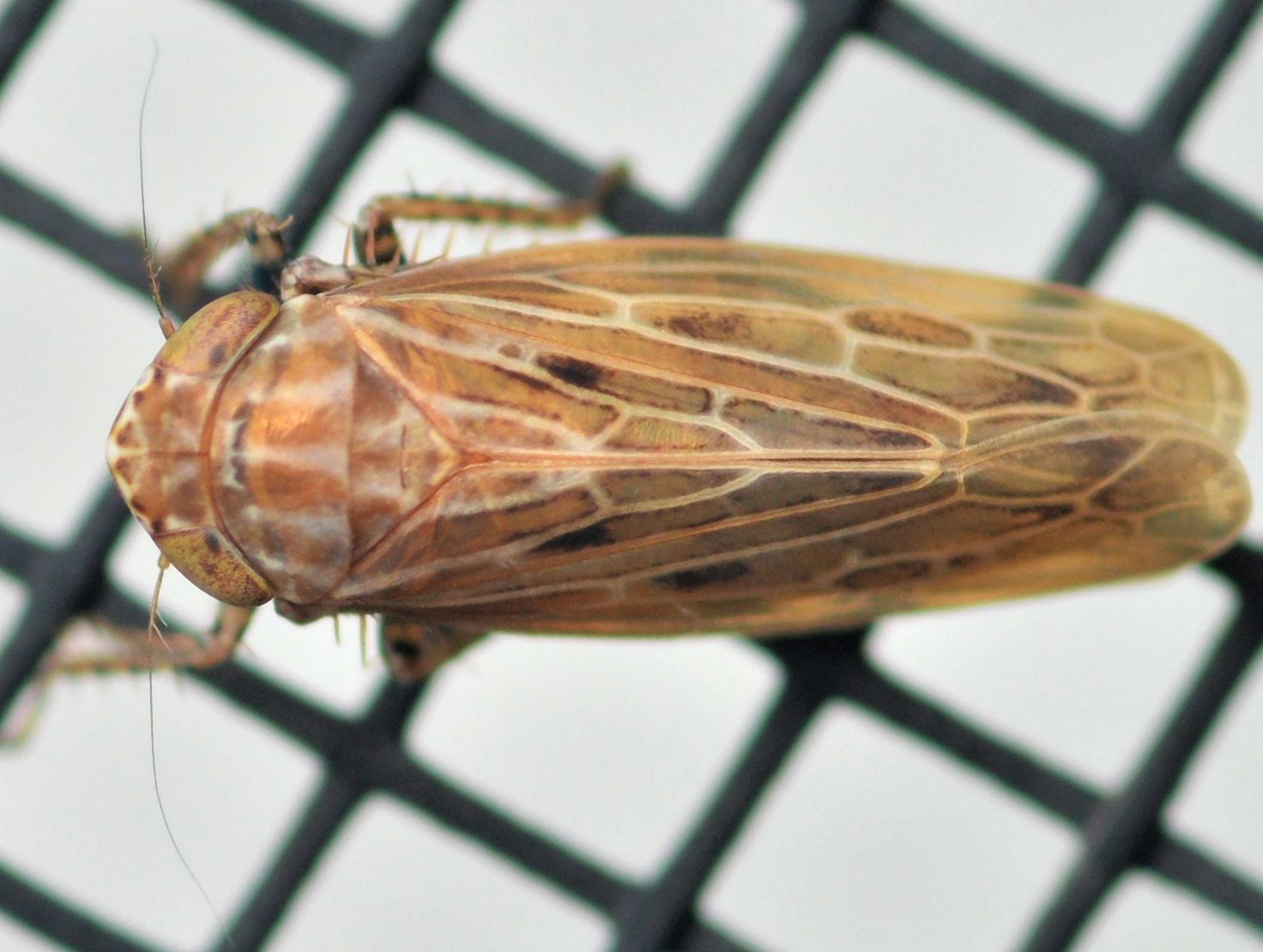
|
|
|
| synonym |
|
| description |
A brownish species that has four to six noticeable black spots on the otherwise whitish margin of the vertex. The underside of the abdomen, thorax, legs and face are a tawny yellow, and the edges of the abdominal and thoracic segments are marked lightly to heavily with a fuscous color. The pronotum has six darkened longitudinal bands or stripes, and the scutellum is usually darkened near the anterior angles. The wings are a tawny yellow to brownish color, with pale wing venation; note that some veins often crisscross to form small wing cells. There are three anteapical wing cells (separating this species from Graminella, which only have two anteapical cells), with the middle one divided (the anteapical cells are the the row of cells preceding those on the edge of the wing; note the middle cell is divided in two). The female pregenital sternite has the posterior margin more or less trilobed with the central lobe usually shorter and broader than the others. Adult males are 4.6-5.0 mm long, while females are 5.0-6.0 mm. (Kramer 1971)
For diagrams of this species, see: 3I. For more images of this species, see: BG. |
| distribution |
Ranging from eastern North America as far west as Ontario, Minnesota, and Colorado (Kramer 1971) |
| abundance |
Recorded from a handful of counties, primarily in the Piedmont; probably more abundant in the right habitat. |
| seasonal_occurrence | |
| habitat |
Usually found in marshes, though has been recorded in the state in mixed to open forest near water; also reported from grasses near borders of swampy or marshy areas. (Kramer 1971) |
| plant associates |
Probably a sedge species, Carex sp. (Kramer 1971) |
| behavior |
Can be attracted at night with a black light. |
| comments |
|
status |
[Native:]
[Introduced:]
[Extirpated:] | | list_type |
[Official:]
[Provisional:] |
| adult_id | Unmistakable and widely known Identifiable from good quality photos of unworn specimens
Identifiable from photos showing undersides, or other specialized views [e.g., legs, face]
Identifiable only by close inspection of structural features or by DNA analysis NULL |
| nymph_id | Unmistakable and widely known Identifiable from good quality photos, especially where associated with known host plants
Identifiable from close inspection of specimens or by DNA analysis
Identifiable only through rearing to adulthood NULL |
| G_rank |
|
| S_rank |
|
| rank_comments |
|
| tribe |
Deltocephalini |
| subgenus |
Amplicephalus |
Species Photo Gallery for Amplicephalus osborni No Common Name |
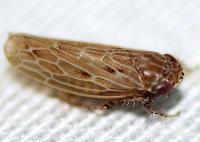 | Photo by: Paul Scharf
Warren Co.
Comment: Attracted to UV Light | 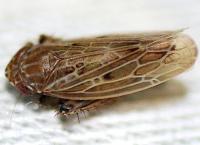 | Photo by: Paul Scharf
Warren Co.
Comment: Attracted to UV Light |
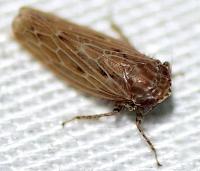 | Photo by: Paul Scharf
Warren Co.
Comment: Attracted to UV Light | 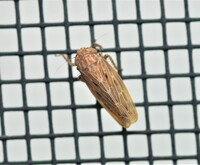 | Photo by: Robert Deans
Forsyth Co.
Comment: |
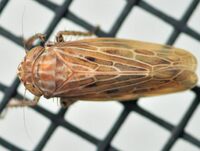 | Photo by: Robert Deans
Forsyth Co.
Comment: | 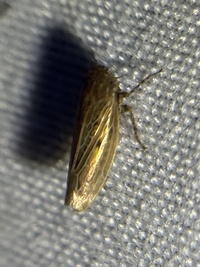 | Photo by: Larry Chen, Sarah Toner, Jeff Niznik, Kaitlyn Elliott
Richmond Co.
Comment: |
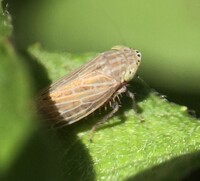 | Photo by: Ted Wilcox
Watauga Co.
Comment: unid_leafhopper | 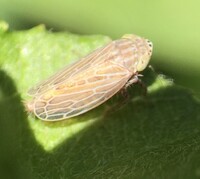 | Photo by: Ted Wilcox
Watauga Co.
Comment: unid_leafhopper |
 | Photo by: Marilyn Westphal, Jim Petranka, Becky Elkin
Henderson Co.
Comment: Sweep netting through grass and wildflowers | 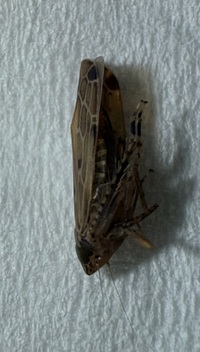 | Photo by: Marilyn Westphal, Jim Petranka, Becky Elkin
Henderson Co.
Comment: Sweep netting through grass and wildflowers |
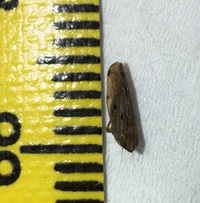 | Photo by: Marilyn Westphal, Jim Petranka, Becky Elkin
Henderson Co.
Comment: Sweep netting through grass and wildflowers |

 »
»